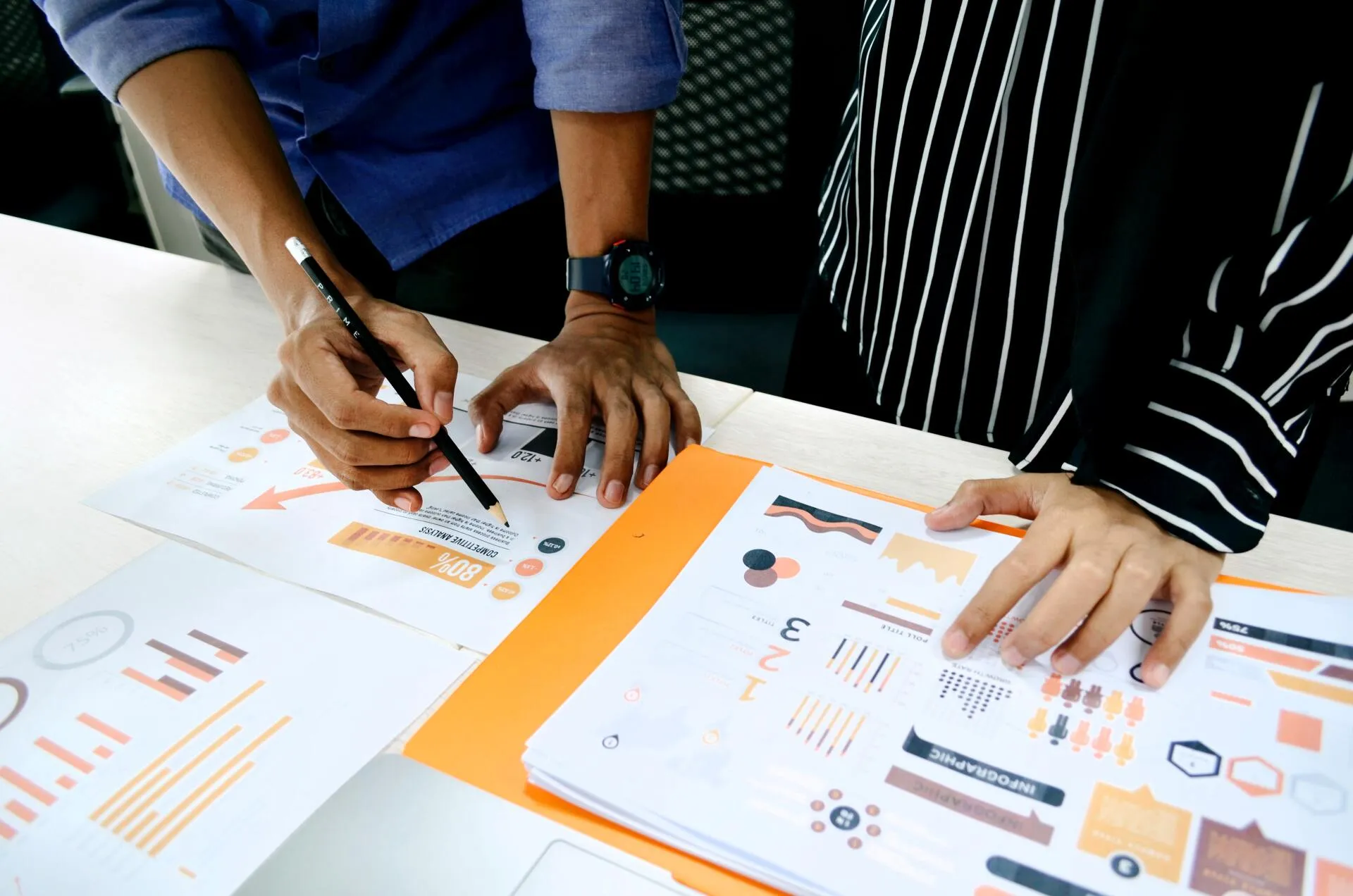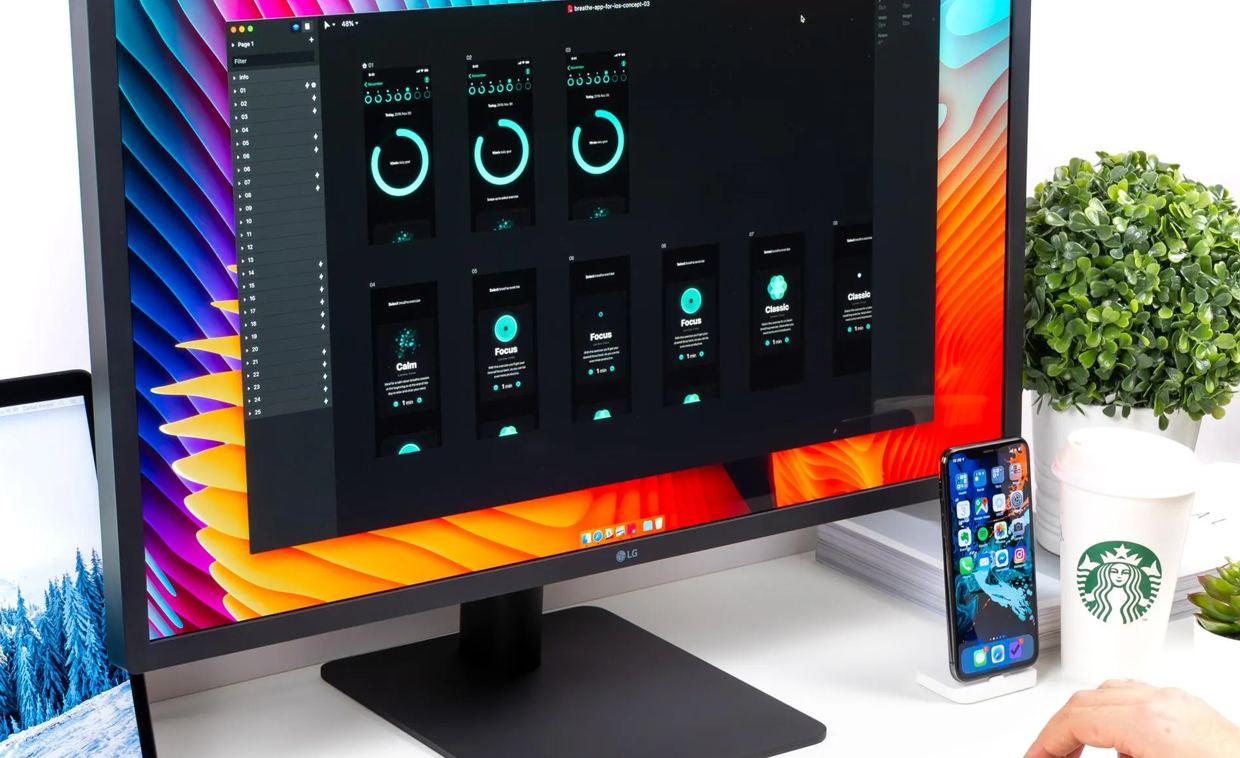
Thanks to the Internet and the developing metaverse, anyone may create material and goods that suddenly have a worldwide audience. With that authority comes the obligation to make sure that the products respect the various social identities of their broad global audience.
These days, it appears that most people who operate in the digital sector comprehend the value of user experience. However, people are mostly unaware of its importance or what it entails. UX goes beyond just creating a more attractive website. As marketers, we can give users precisely what they want and need at the appropriate time and location. It is a design discipline that verges on the scientific.
Let’s examine what UX design is, what a designer does, and why you should even care about it.
UX Design: What Is It?
Due to the term’s frequent use as a synonym for UI (user interface) design, UX design can be challenging to define. UX focuses much less on the product and is more characterized by the overall strategy, planning, and psychology of a user experience. In contrast, UI design is more concerned with the product’s aesthetics. A UX designer must ascertain the who, what, when, where, and why of a user’s interactions with a product.
Why is UX design crucial?
User experience is crucial since it works to meet the demands of the user. It seeks to deliver satisfying experiences that maintain a user’s loyalty to the good or service. Furthermore, defining customer journeys on the product most supportive of commercial success is possible thanks to a meaningful user experience.
What qualifies as a fantastic user experience?
Everybody has a unique user experience. The most important aspect to remember when developing a product is that even though you may have designed it, you could not be one of its users. As a result, we cannot presume what a user wants or needs.
What precisely is the role of a UX designer?
UX designers must also help the organization reach its goals; they cannot merely concentrate on what the user wants. A UX designer acts as a liaison between the company and user needs. The user still comes first for a UX designer, despite the word “user” being right in the title. They employ a technique known as a “user-centered design process” to satisfy both sets of needs. The user’s needs are considered throughout a product’s life cycle using various tools in this process. These stages apply to various products, from web applications to tangible goods.
Depending on their organization, a UX designer’s day-to-day tasks can change. UX designers must be able to perform some general procedures and activities regardless of the project they’re working on in light of this diversity.
-
Collecting data from users
For all UX designers, this is regarded as the place to begin. They gather information from users and the target market through in-person surveys, interviews, focus groups, and competitive research. Designers may avoid making assumptions and better comprehend industry standards thanks to all the user and target market data that has been collected. Insights from user research are crucial for enhancing current procedures and gaining a competitive edge.
-
Making scenarios and user characters
Based on earlier product research, UX designers can develop fictional profiles that accurately depict important user groups. The personalities describe our target audience, their needs, and potential routes. It's a huge help to know who we're talking to since, without that information, it's difficult to guess what sought experience the users are looking for. These personas help the designer decide how to navigate various user groups to their targeted locations within the product.
-
Information architecture or user flows.
It is the process of building the framework for a digital product, such as an app or website. The user flow is the journey a typical user follows from when they land on the website or app until they accomplish their goal. At the same time, information architecture refers to the actual structural design of the product. User flows serve as users' basic road map or blueprint for navigating the product and finding the content they find most interesting. These are useful components for UX designers for obvious reasons.
Why Should I Be Interested In UX?
UX is becoming more significant as the total web experience develops for a few reasons. First off, many businesses currently use UX design without realizing it. You are trying to meet the needs of your consumers in your digital area, but you may not always be doing it according to a predetermined procedure. It is much more effective and likely to provide great results in understanding how to incorporate UX into a process. It increases your understanding of interacting with your users and paves the way for ongoing product development.
Additionally, the user-centered design methodology we discussed before is comparable to the scientific approach. Using the data you gathered, you evaluate, formulate hypotheses, and conduct experiments. Tools like scenarios, user testing, and wireframes are used to test a hypothesis. This fairly structured procedure ensures that your UX selections are not just dependent on speculation. You can make decisions based on information, which increases your chance of success.
Lastly, quality UX design is doable, especially for tech-savvy individuals. When you stop to consider the psychology of how you interact with a product, UX might come naturally to you if you have spent a significant amount of your time engaging with apps, games, websites, and other digital media. Once you recognize it, you may use it to guide your choice of user-centered design strategies. In other words, it’s far simpler to understand what a user could want if you’re a “user” yourself. You only need to imagine yourself in their position,
Conclusion
The field of product design is always evolving. As time goes on and as our interactions with digital products change, so do people’s wants and habits. Therefore, UX design is a crucial component of any successful project.
